Web 2.0 Summit 2008 and Tech Media's Pivot to Business News
I'm back in the US to attend Microsoft's PDC and the 2008 Web 2.0 Summit. Team RWW meets in San Francisco and despite the looming global financial crisis, we remain techno-optimists.
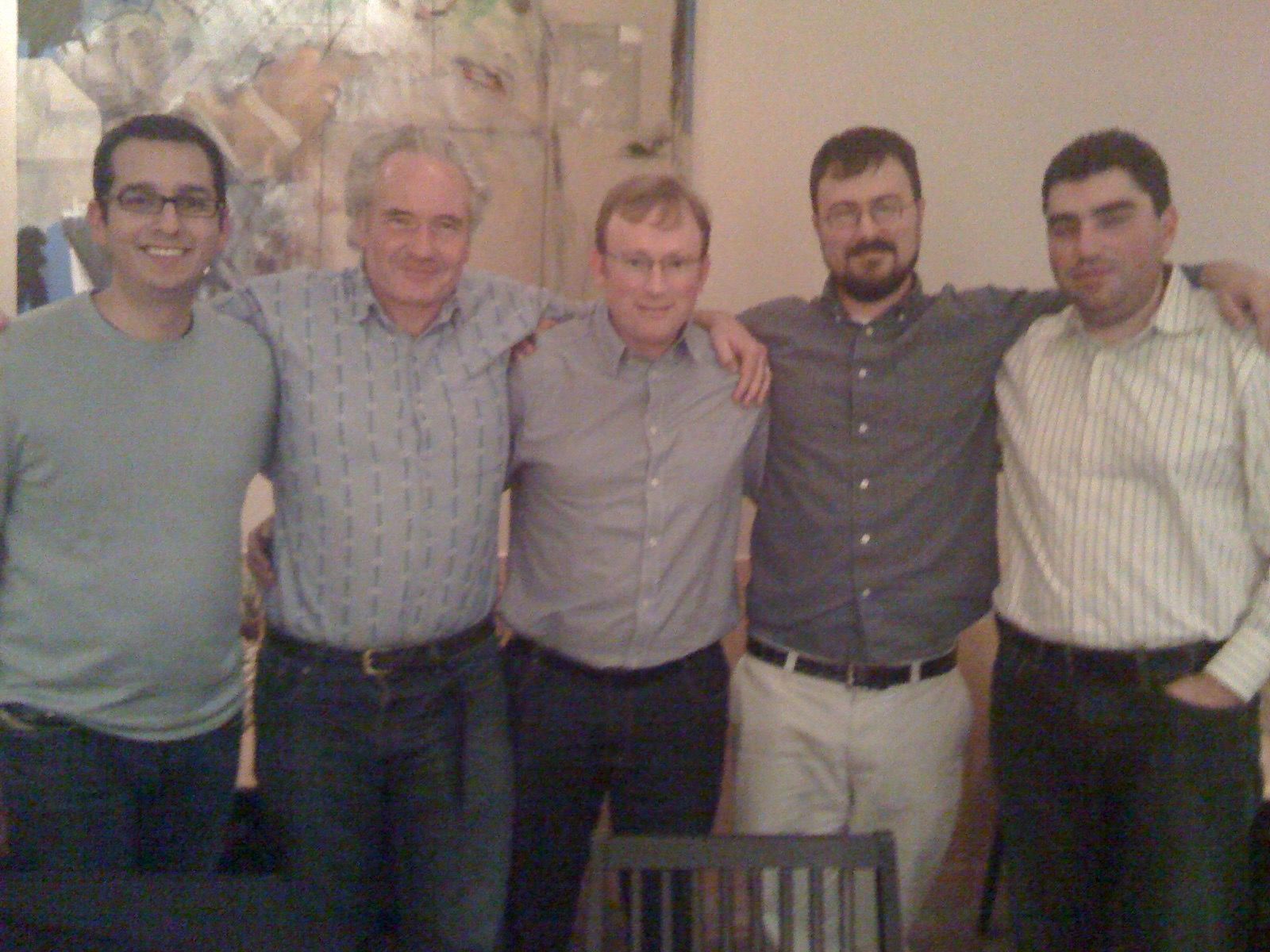
In late October 2008, my wife and I traveled over to the United States again on my annual pilgrimage to the Web 2.0 Summit in San Francisco. Before that, however, I had a few days in Los Angeles courtesy of Microsoft.
Microsoft's Professional Developers Conference (PDC) was being held at the LA Convention Center. This year's PDC was notable for hosting the announcement of Windows Azure, Microsoft’s cloud computing platform. Within a decade, Azure would become arguably Microsoft’s most important product—it’s certainly the straw that stirs the drink at Redmond as I’m writing this book. Ray Ozzie, who in 2008 was more than two years into his role as Microsoft’s chief software architect, announced Windows Azure in his opening keynote. He called it “Windows in the cloud” and positioned the new product as an operating system for cloud computing. He claimed that Microsoft had begun to build it in 2006, just a few months before Amazon released its groundbreaking EC2 platform.
Later that day, I was among a small group of bloggers and analysts on a roundtable about Azure with Ozzie and a couple of other Microsoft executives. I asked Ozzie about the relationship between Azure and Windows, the desktop computer OS that was Microsoft’s core product. He explained that both operating systems would develop alongside each other and that there would be a “bi-directional innovation transfer” between the two (whatever that meant). He claimed that Azure was not designed to replace the desktop OS any time soon, although he said later in the meeting that eventually people “will commonly think of this cloud thing as being just another computer.” He was right about that.
The GFC and RWW's Response
While I was in LA, I got to meet one of my longtime blog buddies, Lucas Gonze. He’d been one of my very first interview subjects on RWW when, in October 2004, I’d published an email interview about his P2P music-sharing website startup, Webjay.
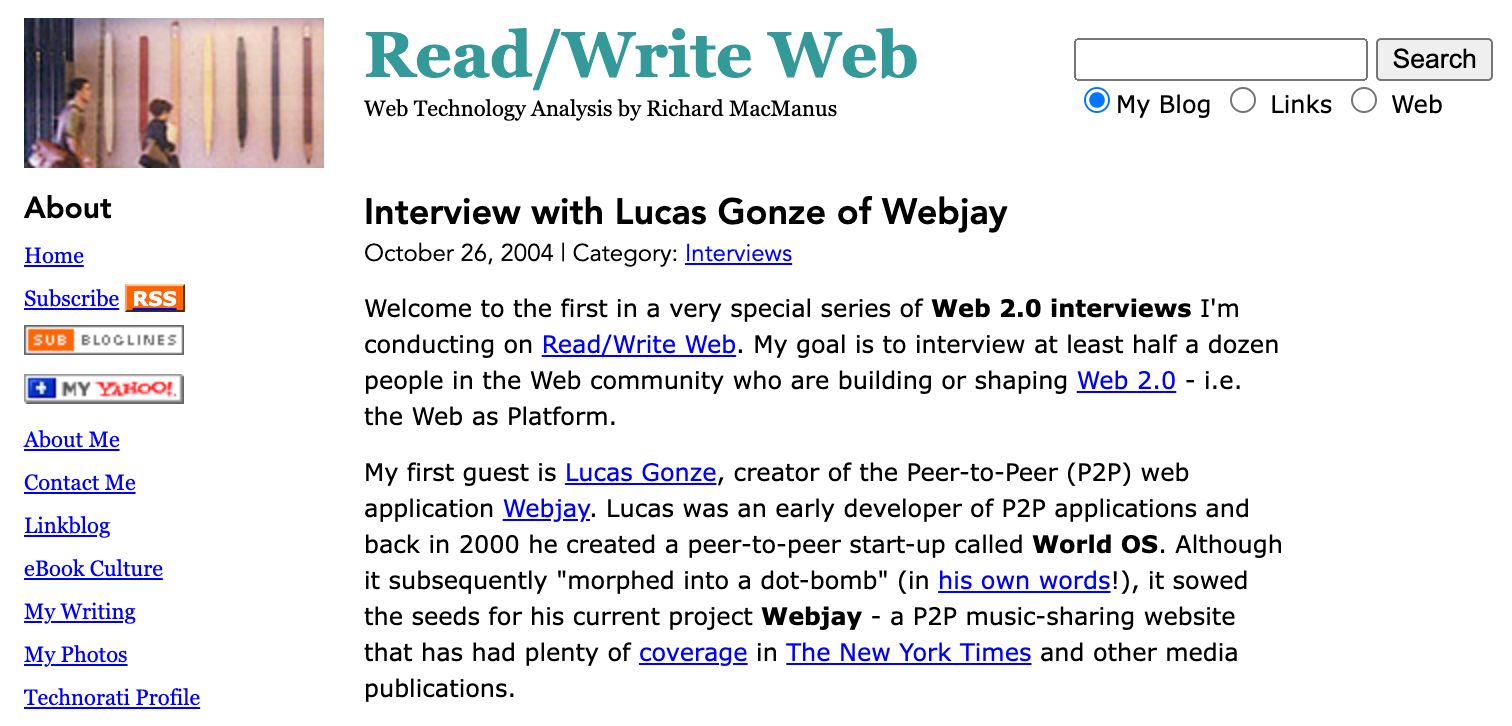
In retrospect, Webjay can be seen as a bridge between the Napster era of online music and the streaming era that would soon emerge, led by Spotify—which launched that very month, October 2008, although it would take a few more years to reach the US. Like Napster, Webjay had not licensed music; it just offered links to music files on external websites and a way to create shareable playlists. A couple of years after our interview, Gonze sold it to Yahoo. Even in 2004 I could see that the line between Webjay and the ultimately illegal Napster was a fine one, and perhaps that’s why Yahoo shut it down in 2007.
In any case, it was great to finally meet Lucas in person, over dinner at a downtown Japanese restaurant called Honda Ya Izakaya. His movie-industry girlfriend, Karen, joined us, and she and Maria talked while Lucas and I traded web gossip. Among other things, we discussed the global financial crisis and its impact on the internet industry. There was a lot of talk in the tech blogosphere about “belt tightening” and “battening down the hatches” for a possible recession. Wired magazine, the bastion of internet optimism, even theorized that the crisis would burst the Web 2.0 bubble.
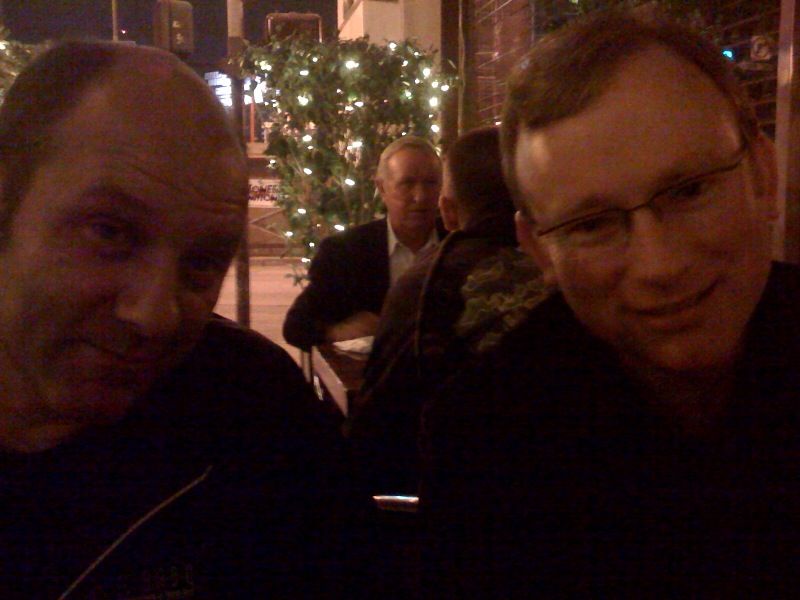
I was mostly interested in how the global financial crisis would impact web innovation, since economic downturns were known to be a time of opportunity for new startups. Perhaps there will be a new web era, I thought. Lucas didn’t think the financial crash would cause a generational turnover, as had happened with the dot-com crash. In response to a blog post I’d written earlier that month, “What’s Next After Web 2.0,” Lucas had floated his latest theory, “located computing.” He was referring to devices like Boxee, which at the time was a promising media player for your living room TV. Although box-top sets never panned out as a product category, in later years we did indeed get such devices as Amazon Echo and Sonos speakers.
I liked talking to Lucas because he always focused on technology innovation, rather than on the business aspects of the startup economy. Due in large part to the financial crisis, the tech blogosphere had gotten very business-oriented—especially in blogs like TechCrunch, VentureBeat, and GigaOm.
A sample Techmeme page from earlier in October was dominated by business stories: Twitter’s search for a business model, Bloglines being usurped by Google Reader, Google monetizing its start-page product, startup layoffs, a fall in VC funding. At RWW we often had things to say on these stories—one of the links on Techmeme that day was to Corvida’s post “Revenue Model for Twitter Coming Soon”—but it was never our forte. Partly this was because none of our reporters were in Silicon Valley, so we weren’t necessarily getting those business tales firsthand. But it was also because I just wasn’t that interested in business stories.
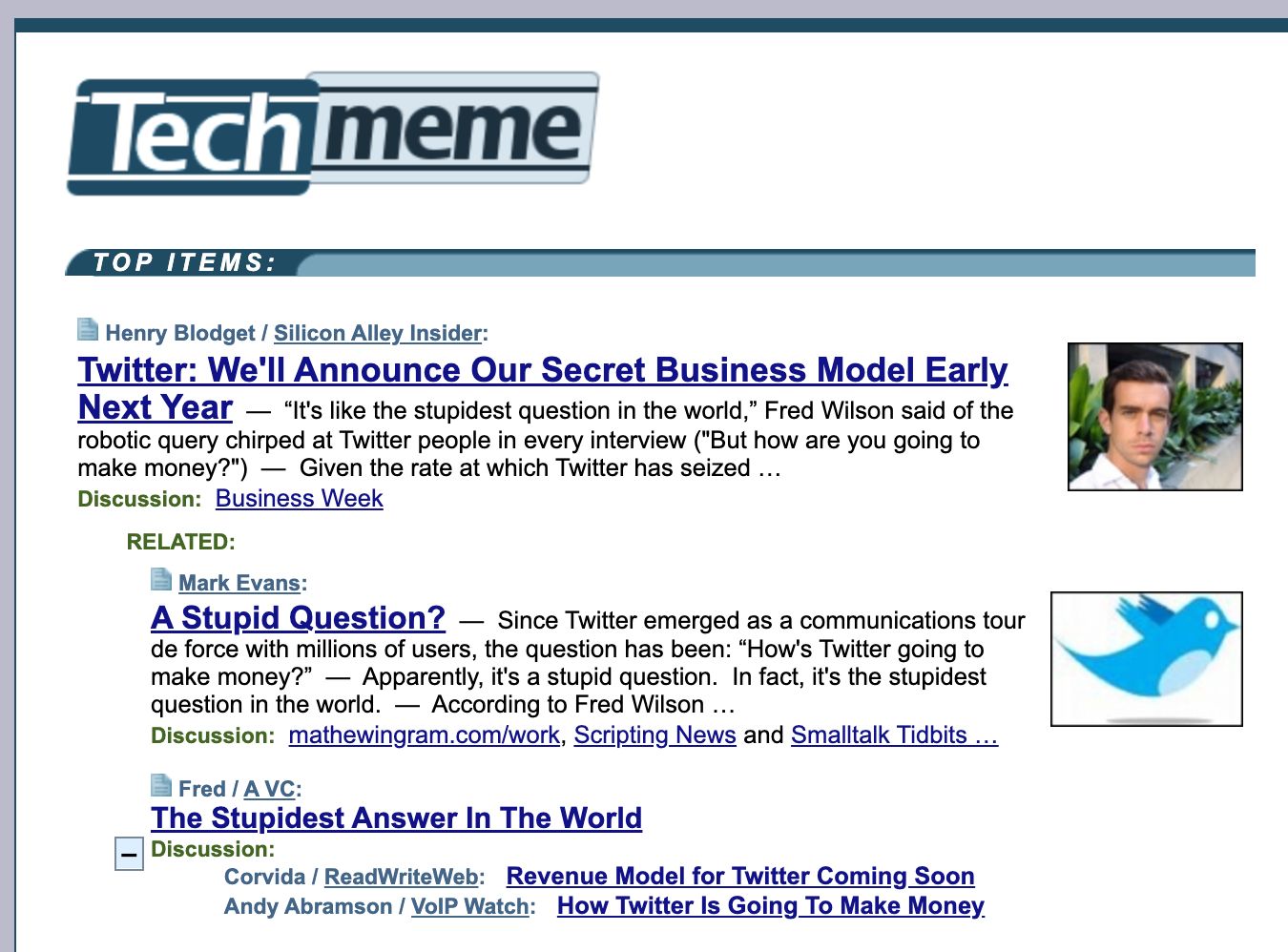
Chatting with Lucas reminded me of why I’d gotten into blogging in the first place—to network with forward-thinking technologists and discuss what was next in web technology. I was determined to keep that the modus operandi of RWW as the web industry continued to expand, financial headwinds or no, into the cloud and beyond.
RWW Gets Political... For One Night
My wife and I were in San Francisco on the night Barack Obama was elected president of the United States. After watching Obama’s victory speech on TV, we decided to walk down to Union Square to see how the locals were taking the news. Well, it was a carnival atmosphere: throngs of people smiling and cheering in the streets, whoops and honking horns piercing the air, the cable cars inching their way through the crowds on Post Street, amid shouts of “Yes, we can!” (Obama’s slogan).

By the time we got back to our hotel around 11pm, I was so buzzed that I had to write a blog post. “Whatever your political persuasion, I hope you agree that this is a significant turning point for the US—and the world,” I wrote, rather naively.
This was years before the great divide of American politics that eventually resulted in the election of Donald Trump in 2016. But I got a taste of that future in the comments section of my blog post and in my Gmail inbox. “If I want political comment, I know of many places to get that,” wrote one grumpy emailer. He’d happened to arrive at RWW via the New York Times, but declared that he’d never visit again after seeing the Obama post.
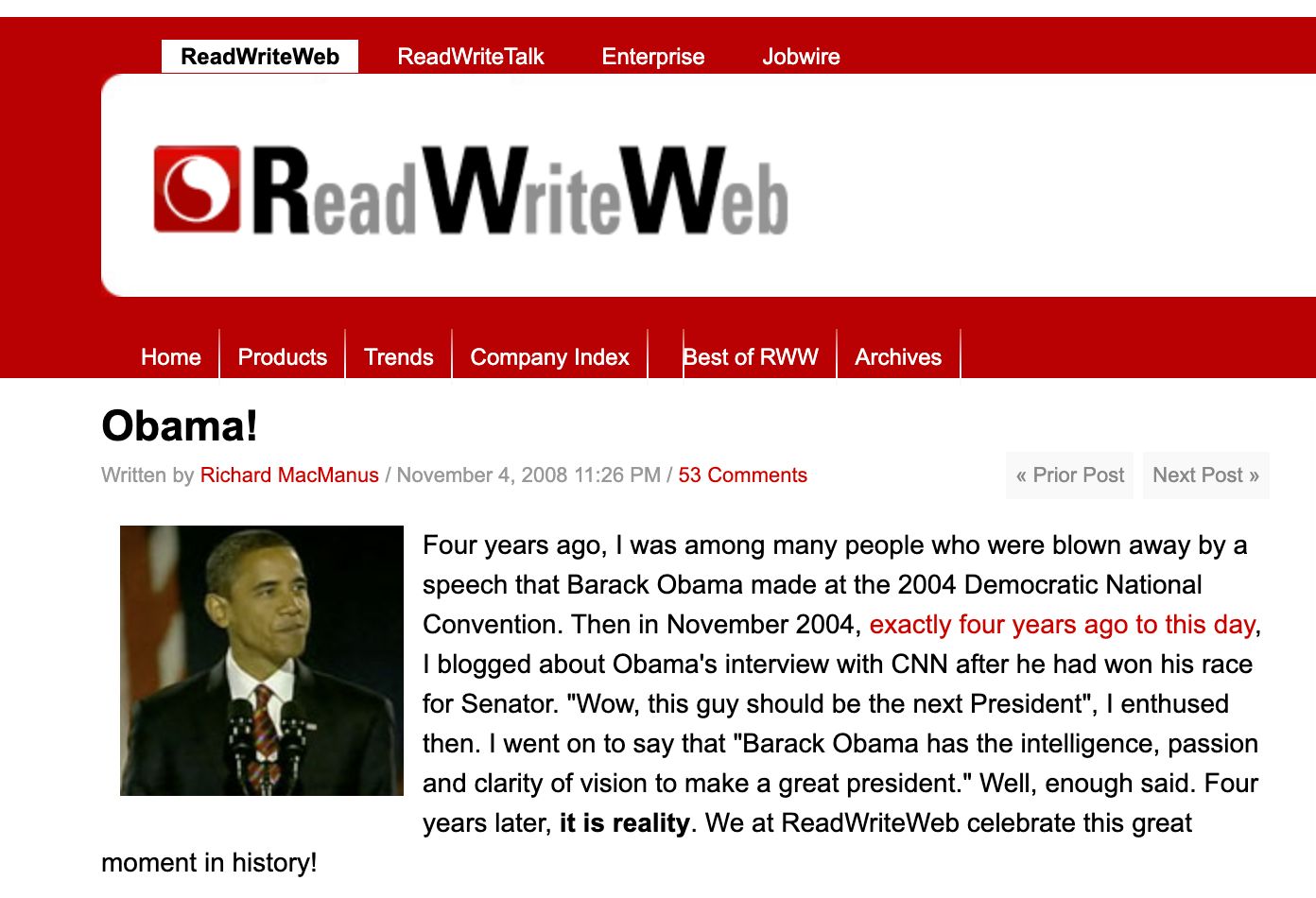
Sentiment was very different in my tech bubble. Most of the attendees at the Web 2.0 Summit seemed just as happy as I was at the election result. However, there was also a lot of trepidation about the economy.
A Time For Hope, Not Skepticism
The theme of the conference was “Web Meets World,” but if you read most mainstream tech media, you’d think world was a synonym for global financial crisis. Kara Swisher from the Wall Street Journal viewed Mary Meeker’s annual PowerPoint presentation of internet economy trends as “depressing content” and an “entire bummer.” But my post on the same presentation had “there is hope” in the headline.
Perhaps it was my naivete at play once again, because Meeker did focus on the recession in her presentation, which she claimed had been “a long time coming.” She even explicitly compared the current tech market to “early 2001.”
However, I also heard notes of optimism for entrepreneurs and developers, when she pointed to “under monetized” social networks, video, VoIP and payments companies—all of which she said are “driving powerful usage growth” among consumers. Meeker was also very bullish on the mobile market, noting that the iPhone 3G had sold a million units in its first three days and ten million apps were downloaded in that same period.
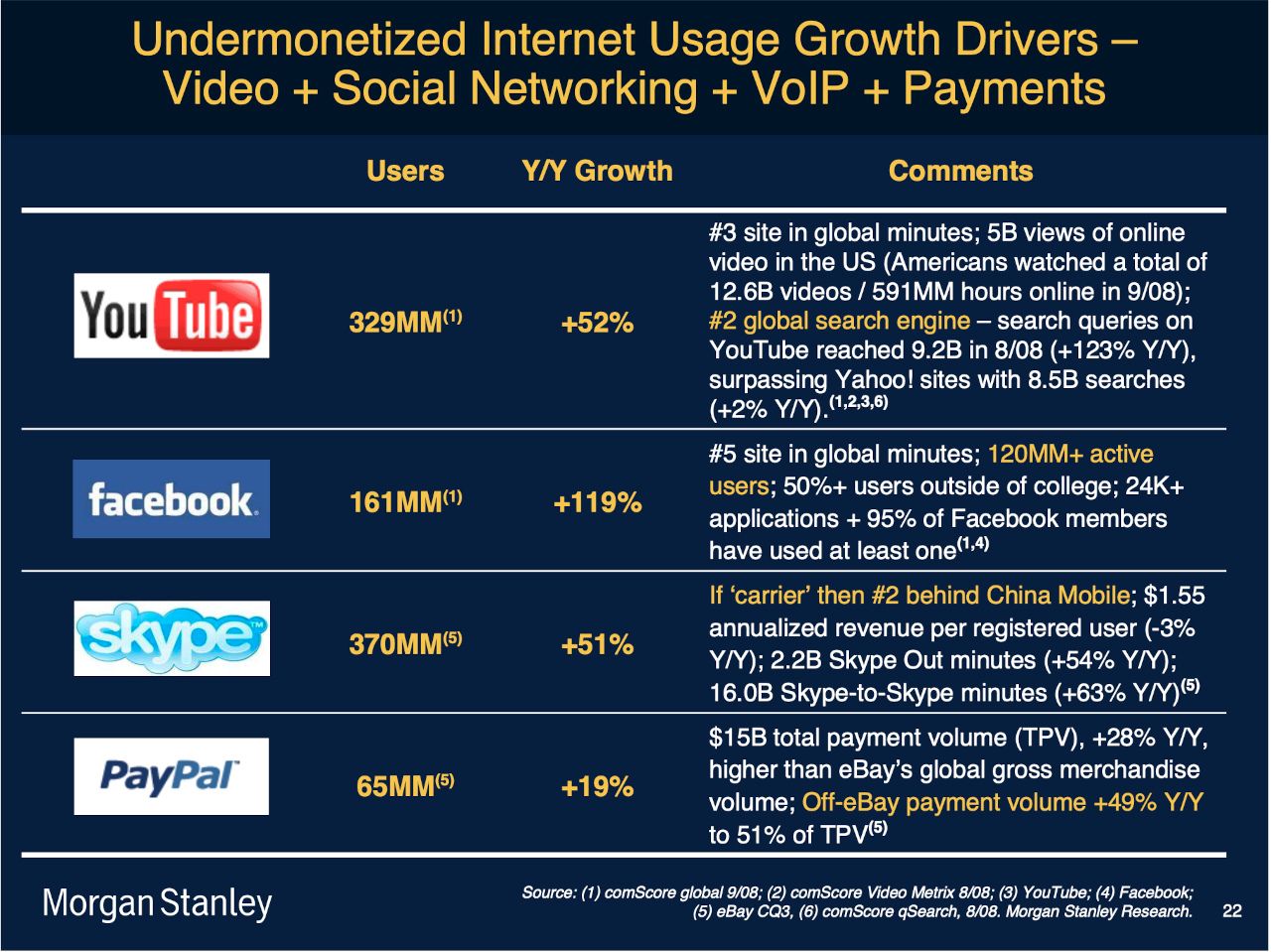
Those rays of light on the tech side were what I wanted to focus on, not the doom and gloom of the general economy.
While roaming the Palace Hotel hallways during the event, I was pulled into a video interview with Alison McNeill from Bub.blicio.us—the only tech blog with a name even more difficult to say than ReadWriteWeb. I was clean-shaven and still wearing a rather cheap-looking thin black jacket (why I hadn’t bought a blazer by this point, I don’t know!), along with a grey-patterned button-down and blue jeans. I tried to steer the conversation away from the economy and into the technology aspects, but those weren’t the talking points Alison was looking for. When she asked if I was enjoying the conference, I diplomatically said that it had “a different focus this year—more of a mainstream focus.”
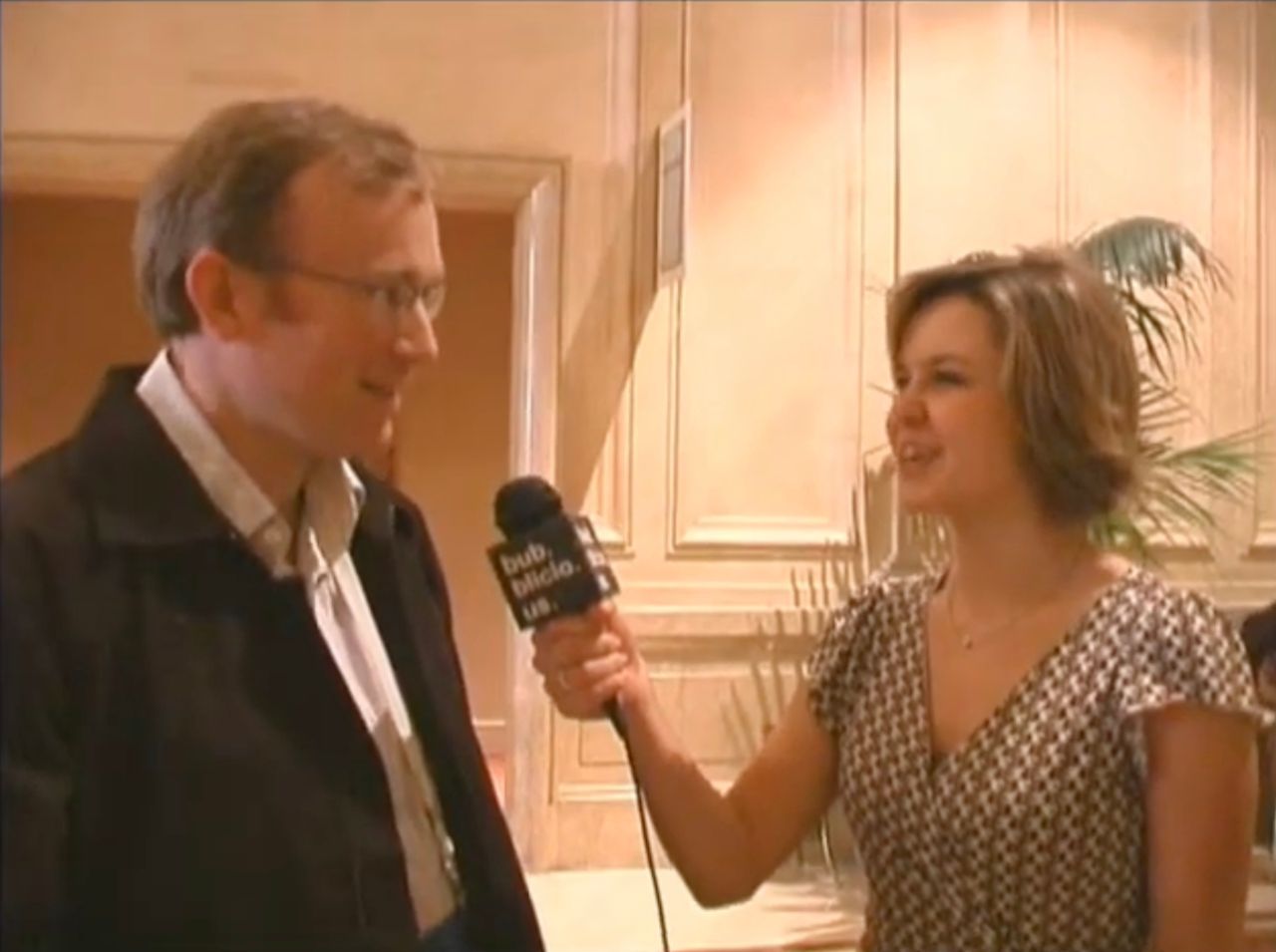
Team RWW Meets For Sushi
Despite the roiling economy, RWW was riding high at this time. We’d nearly reached two million page views per month, including almost a million unique visitors. After the personal turmoil of the failed acquisition earlier in 2008, I was just happy to be back at the helm of a fast-growing blog business. The Web 2.0 Summit was also a great opportunity for the key members of RWW to meet in person and plot our further expansion.
On Thursday, Team RWW had dinner at Katsuko, a local Japanese restaurant. Present were the new leadership group—me, Bernard, and Marshall—along with our two most loyal and helpful unpaid contributors, Alex Iskold and Sean Ammirati. It felt unusual to be all in the same room together, but there was also an undeniable camaraderie between us. Even Alex and Sean, who had their own separate business interests, were fully invested in our continued growth. We all felt that RWW was unique among the leading Web 2.0 blogs, with our focus on technology over business.

The internet was indeed becoming more and more mainstream. We discussed how RWW would help this wider audience of people understand the importance of the internet in our world—and show them the opportunities. All of us were aware of the problems in the economy, but we were determined not to be the skeptics in the room (personally, I was content to leave that to Swisher).
I’d always been a techno-optimist, and all of us around the table shared that trait. We had our political differences: Marshall had socialist leanings, while Sean was on the conservative side of the spectrum. I was in the middle—a liberal, but also a pragmatist when it came to business and politics. Regardless, we could all rally around the optimism we felt about technological progress. “What’s next on the web” was our motto, and our team goal was to widen our community of readers over the coming year. The web water is good, we would proclaim, so come on in!
This post is part of my serialized book, Bubble Blog: From Outsider to Insider in Silicon Valley's Web 2.0 Revolution. View table of contents.
Next up: 037. My 2009 Googleplex Visit and RWW Launches Channels
Buy the Book
My Web 2.0 memoir, Bubble Blog: From Outsider to Insider in Silicon Valley's Web 2.0 Revolution, is now available to purchase:
- Paperback, US$19.99: Amazon; Bookshop.org
- eBook, US$9.99: Amazon Kindle Store; Apple Books; Google Play
Or search for "Bubble Blog MacManus" on your local online bookstore.